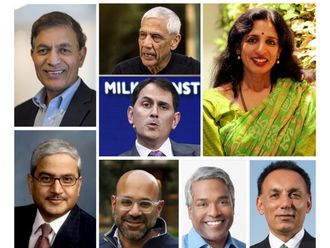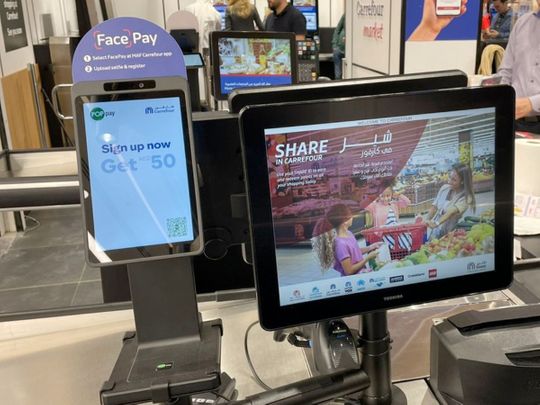
Highlights
- With face verification, approval takes a few seconds — and no need to reach for your wallet or cards.
- It has so far proven to be a safe and seamless payment method.
- It remains to be seen whether or not face payment will become ubiquitous.
Chris, a tech professional based in Dubai, has been using face recogition for making retail purchases.
"I've used it for more than a year, both in the UAE and in other countries, both for online and in-store transactions. Thankfully, I never encountered any security issues," he told Gulf News.
Louie is a data manager based in East Asia and is an avid Android user. He doesn't use Google Pay facial recognition for payments feature, which was first rolled out in 2019. "QR and thumb print are my preferred authentication — QR for retail, and thumb print for banking."
"What's important is you have secure transactions," Louie said, adding that he will probably consider pay-with-your-face feature in the future if a second security layer, like a thumb print, is offered to secure transactions.
Living the future
Facial biometrics for retail use offers a number of benefits: For one, it eliminates the need for you to carry physical payment cards or cash.
- Dubai: Smart gate service available for all international passengers from 2023 – all you need to know
- India: Facial recognition for entry to New Delhi, Varanasi and Bengaluru airports
- Emirates, GDRFA agreement: International visitors at Dubai Airport can breeze through immigration, boarding with facial recognition
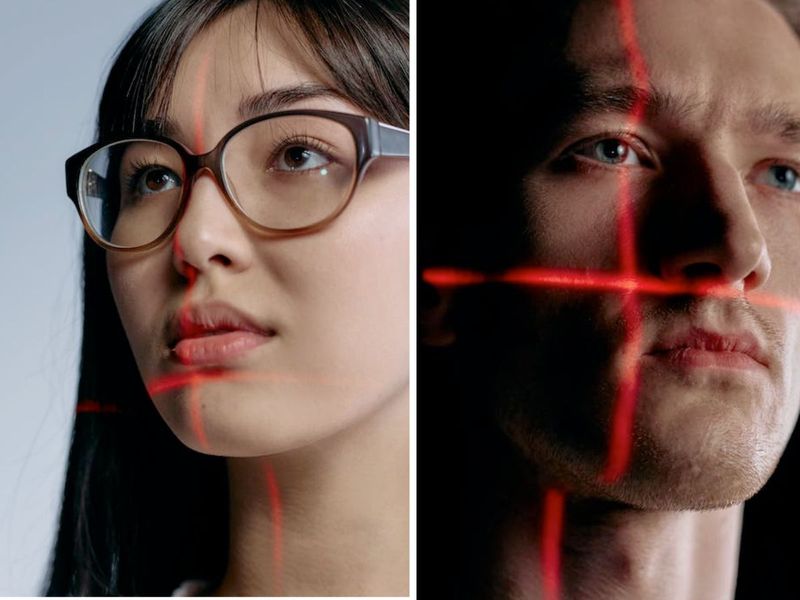
Facial recognition offers certain upsides: not only does it provide a fast and convenient way to make payments, but it's also relatively secure.
Because the payment is tied to a unique biometric identifier — such as a face — it is more difficult for fraudsters to impersonate a legit customer and steal their payment information. Thus, it offers the potential to become more widely adopted in the future.
What is face payment?
Face payment refers to a type of biometric payment method where the customer's face is used as a form of identification — and authentication — to make a payment.
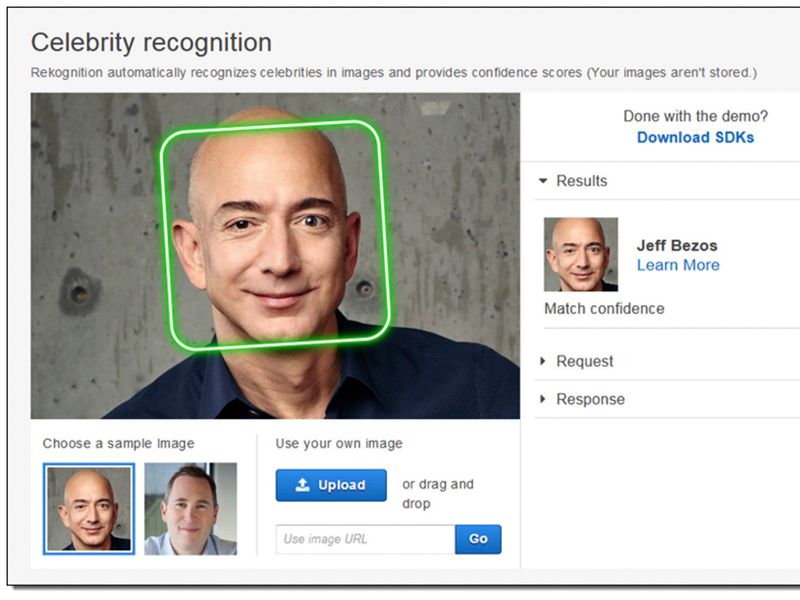
What phone models allow face payment?
As face payment is a feature that allows users to make payments using facial recognition technology, the availability of this feature depends on the phone model and the operating system (OS) it runs on.
Following are some of the popular phone models that are compatible with face payment:
- iPhone X and later models (running iOS 11 or later)
- Samsung Galaxy S10 and later models (running One UI or later)
- Google Pixel 4 and later models (running Android 10 or later)
- Xiaomi Mi 9 and later models (running MIUI 11 or later)
- Huawei P30 Pro and later models (running EMUI 9.1 or later)
- Oppo Find X2 and later models (running ColorOS 7 or later)
- Vivo X27 and later models (running FunTouch OS 9 or later)
Note that while these phone models have the hardware required for face recognition, the specific features and capabilities may vary depending on the operating system, carrier, and region.
Some models may have additional biometric authentication options, such as fingerprint scanning or iris scanning, that can be used instead of, or in conjunction, with face recognition. Since only a few merchants currently support face payment, so it's always a good idea to check before using this feature.
How does it work?
Typically, here’s how it works:
- You, the customer, first sets up face recognition on your mobile device or a separate device linked to your payment account.
- When you're ready to make a purchase, you hold up your device or look at a camera (glance is good) at the point of sale (POS).
- The system uses your face as a form of identification and compares it to the image on file.
- If the match is successful, your payment information is automatically retrieved and the transaction is completed.
- You receive a confirmation of the transaction on your device.
Where is face payment used in the UAE?
In the United Arab Emirates (UAE), face payment technology has been adopted by several financial institutions and payment service providers.
A few examples:
- Dubai-based payment service provider, Network International, offers face payments through its mobile app "Nique."
- Emirates NBD, one of the largest banks in the UAE, offers face payment through its mobile banking app "enbd."
- Abu Dhabi Commercial Bank (ADCB) also offers face payments through its mobile banking app.
- The United Arab Bank (UAB) offers face payment through its mobile banking app as well.
- Carrefour stores in Deira and Amsaf have also launched face verification for retail transactions. It is one of the first retailers to roll face oatmebt across the UAE in partnership with PopID and Network International.
What's driving their use?
The system has one key enabler: high-speed connectivity, use of mobile devices, and cheaper computer processing. With the adoption of advanced technology, face payment is becoming an increasingly popular way for customers to transact.
The service providers mentioned above, forms part of a growing list, adopting face payment as a secure and convenient option for customers to make payments.
There are several factors driving the adoption of face payment technology:
- Convenience: Face payment eliminates the need for customers to carry physical payment cards or cash, making transactions faster and more convenient.
- Improved security: Face payment is more secure than traditional payment methods as it ties a payment to a unique biometric identifier, such as a face, which is much more difficult to impersonate.
- Increased use of mobile devices: With the widespread adoption of smartphones and other mobile devices, face payment technology has become more accessible to a larger number of consumers.
- Adoption by financial institutions and merchants: More and more financial institutions and merchants see it as a competitive advantage to adopt face payment technology, making it easier for consumers to use and increasing its visibility.
- Non-intrusive: Face authentication is non-intrusive, as it does not require any physical contact with the device, making it ideal for personal identification and authentication in a range of scenarios, from banking to healthcare.
- Integration with other technologies: Face authentication can be easily integrated with other technologies, such as biometrics and blockchain, to provide even stronger security and privacy protections. Overall, face authentication is seen as the future of secure personal identification and authentication due to its combination of convenience, security, widespread adoption, non-intrusive nature, and integration with other technologies.
Not everyone is happy with it as protesters gathered against Amazon's Face "Rekognition" system.
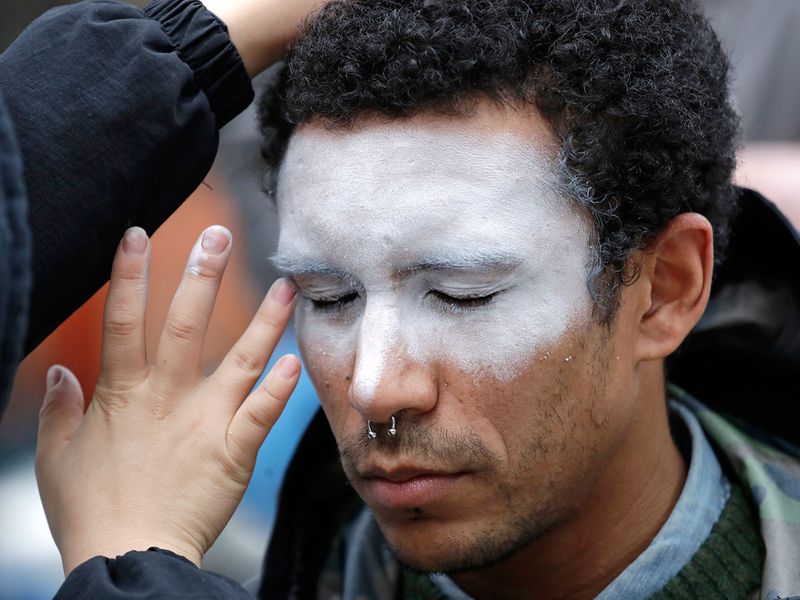
It estimates that the facial recognition market will hit $12.11 billion in 2028. The key growth areas identified: US, Canada, Mexico, Germany, UK, France, China, Japan, India and Brazil,
$ 12.11 b
global facial recognition market size by 2028, based on Grandview Research estimate.What are the challenges?
As with any new technology, there are limitations. Before face payment becomes the norm, these challenges will need to be addressed.
- Security | Privacy: Privacy concerns and data security risks may be an issue for certain users.
- Technical: There may be technical challenges, too — i.e. network speed, availability of system support, cultural considerations, etc — associated with implementation of face payment systems.
Do Apple Pay and Google Pay work with Face ID?
Yes. On certain Apple devices, you can use Face ID to authenticate purchases with Apple Pay and in the iTunes Store, App Store, and Book Store in Apple Books.
For Android devices, Google Pay mobile payments platform has now enabled facial recognition as a means of authentication, too.
Does face recognition work with face mask on?
Yes and no.
Yes, if Face ID with a mask is set-up. No, if it isn't. in general, if you're wearing a face mask that covers your mouth and nose, but Face ID with a mask isn’t set up, you may opt to tap “Pay with Passcode” and enter your passcode instead. Wait for “Done” and a tick to be displayed.
Also, certain services already accept recognition for sign in. In August 2021, Twitter rolled out sign in with Apple (for later iPhone and iPad models), and Google by confirming an account via face recgonition (Twitter users will still need to provide a date of birth and other info).
When will face payments become the norm?
It's difficult to predict with any certainty. But face payment technology has the potential to become more widespread in the future.
Given the challenges mentioned above, it's possible the solution could be found sooner than later.
As face payment technology continues to gain popularity, its widespread adoption will become more likely. Whether this happens or not, it’s the mass market — users like you and me — will have the final say.







